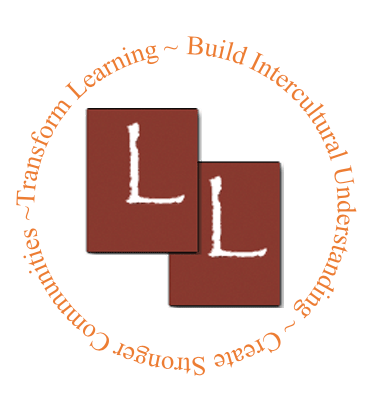Teaching with Folk Sources
Journal of Folklore and Education
About This Volume
 This 10th Volume of the Journal of Folklore and Education offers two issues packed with resources and content. Expanding mainstream notions that primary sources are historical documents housed in hard-to-access archives, this volume showcases archival items that expand our vision of community, self, the past, the future, pedagogical opportunities—and, yes, history.
This 10th Volume of the Journal of Folklore and Education offers two issues packed with resources and content. Expanding mainstream notions that primary sources are historical documents housed in hard-to-access archives, this volume showcases archival items that expand our vision of community, self, the past, the future, pedagogical opportunities—and, yes, history.
What if young people saw themselves in an archive? Recognized their families and arts in a folklife collection? Grew curious about documenting what is going on in their communities? Explore these possibilities in Issue 1, entitled “Learning with Folk Sources: Listen, Observe, Connect.”
Looking for the Teaching with Folk Sources Curriculum Guide? Find Volume 10, Issue 2 here.
Articles
Introduction: A Call to Teaching with Primary Sources
The Local Learning Teaching with Folk Sources Team answers: What does a primary source do for you?
A Future from the Past
OurStoryBridge: Expanding the Role of Primary Sources in the Classroom
The Black Diaspora Quilt History Project: A Resource for Inclusive Preservation, Research, and Teaching
What About Delia?: Relational Listening and the Amplification of Women’s Voices in the Histories of Ethnomusicology
Ethnographic Collections in the Classroom: Teaching Research and Composition Through Community-Centered Archives
Connecting Themes and Stories: How to Use the West Virginia Folklife Collection in the Classroom
Lâche Pas: Don’t Let Go!
Folklife Education: Why Teaching Students the Skills of Ethnography Matters
Digging for Gold: Cajun and Creole Children’s Songs and Lullabies
Journal of Folklore and Education 2023 Reviews
Key Themes in This Issue
Narrative, Identity, History, Archives
The Journal of Folklore and Education (ISSN 2573-2072) is a peer-reviewed, open-access journal published annually by Local Learning: The National Network for Folk Arts in Education. JFE publishes work that uses ethnographic approaches to tap the knowledge and life skills of students, their families, community members, and educators in K-12, college, museum, and community education.
Your support for the Journal of Folklore and Education through our dedicated Givebutter platform allows us to publish this open access resource for all. Thank you for your support.
